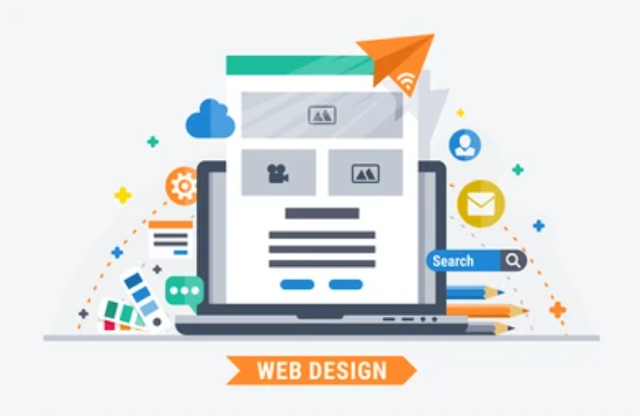Create websites more easily with prefabricated templates
Creating websites with prefabricated templates is an efficient way to streamline the web development process. Here are some benefits and tips for using prefabricated templates:
Benefits of Prefabricated Templates:
Time and Cost Savings:
Templates provide a ready-made framework, saving time and effort in designing and coding a website from scratch. They can significantly reduce development costs, especially for smaller projects or businesses with limited budgets.
Professional Design:
Templates are often designed by professionals with expertise in web design. They offer visually appealing layouts, modern aesthetics, and well-thought-out color schemes and typography. Using templates ensures a polished and professional appearance for your website.
User-Friendly and Responsive:
Many templates are designed to be user-friendly and responsive, meaning they adapt to various screen sizes and devices. This ensures a consistent and seamless browsing experience for your visitors across different platforms.
Customization Options:
While templates provide a ready-made structure, they usually offer customization options. You can personalize the template to align with your brand identity by adding your own logo, modifying colors, adjusting layout elements, and incorporating your own content.
Tips for Using Prefabricated Templates:
Choose a Template that Fits Your Needs:
Look for templates specifically designed for your industry or website type. Consider the layout, features, and functionality that align with your goals and requirements. Ensure the template supports the content and features you intend to include on your website.
Customize to Reflect Your Brand:
Personalize the template to match your brand identity. Add your logo, select appropriate fonts and colors, and modify the layout to align with your brand guidelines. This ensures consistency and reinforces your brand identity throughout the website.
Optimize Performance:
Evaluate the template's performance and loading speed. Templates with excessive code or large file sizes can negatively impact your website's performance. Optimize images, minify code, and remove unnecessary elements to improve loading times and user experience.
Test Responsiveness:
Ensure the template is fully responsive and displays correctly on different devices and screen sizes. Test it on desktops, laptops, smartphones, and tablets to confirm that the layout and content adapt appropriately.
Customize Content and Structure:
Tailor the template's content and structure to suit your specific needs. Modify sections, headings, and text to align with your unique content requirements. Rearrange or remove unnecessary elements to optimize the user experience and make your content more accessible.
Regular Updates and Support:
Choose templates from reputable sources that provide regular updates and ongoing support. This ensures that your template remains compatible with the latest web technologies and security standards. It also allows you to seek assistance or troubleshooting if needed.
Remember that while templates offer convenience and efficiency, they may not perfectly match your unique requirements. Be prepared to make adjustments and modifications to meet your specific needs. Additionally, ensure you have the necessary rights and permissions to use the template and any included assets.
Overall, prefabricated templates provide a practical and time-saving solution for creating websites. They offer professional designs, customization options, and responsive layouts that help you establish an online presence quickly and effectively.












